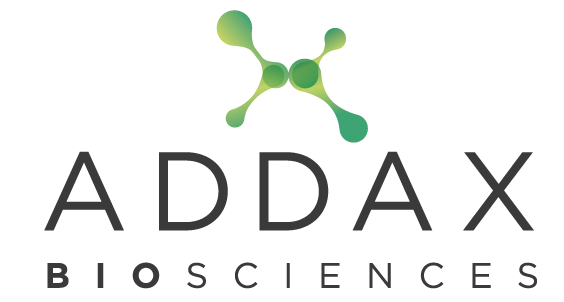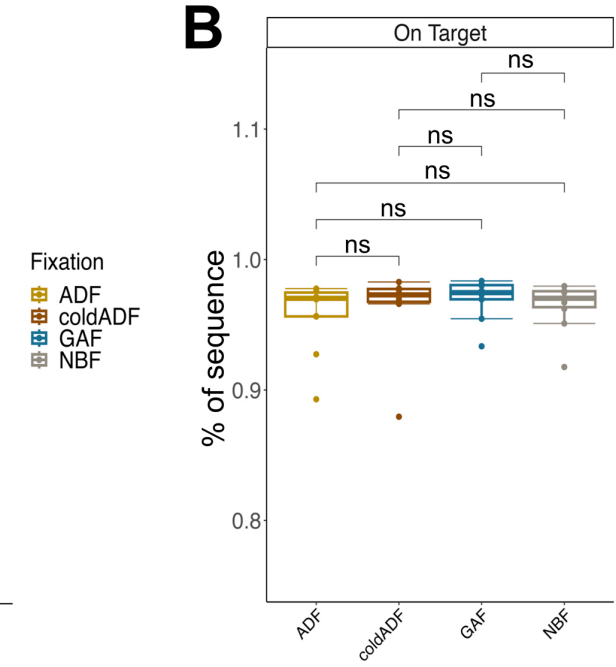We are excited to share another remakable recent study on alternative protocols of tissue fixation that have the potential to revolutionize the interpretation of clinical comprehensive genomic profiling.
In routine clinical practice, comprehensive genomic profiling analysis using targeted next-generation sequencing (NGS) panels plays a crucial role in guiding treatment decisions for patients in advanced stages. However, the use of formalin-fixed paraffin-embedded (FFPE) samples often hampers the extraction of high-quality genetic material, which can compromise the reliability of sequencing data.
During this groundbreaking study, researchers evaluated the quality of extractable genetic material by fixing samples alternatively in Neutral buffered formalin (NBF) or in acid deprived fixatives : acid-deprived formalin (ADF) and Glyoxal Acid-Free (GAF).
Among these fixatives, NBF resulted as the lowest performance in terms of DNA preservation and sequencing in respect to acid deprived fixatives.
In particular, GAF® stood out as the only non-carcinogenic option that overcomes the artifacts and low DNA preservation observed in formalin fixation.
The use of acid-deprived fixatives opens up the possibility of implementing more complex molecular profiling techniques on tissue samples.
This remarkable outcome represents a significant advancement for next-generation sequencing (NGS) panels, particularly in cases where comprehensive genomic profiling analysis is indispensable for making informed treatment decisions.
Read the article at the following link:


